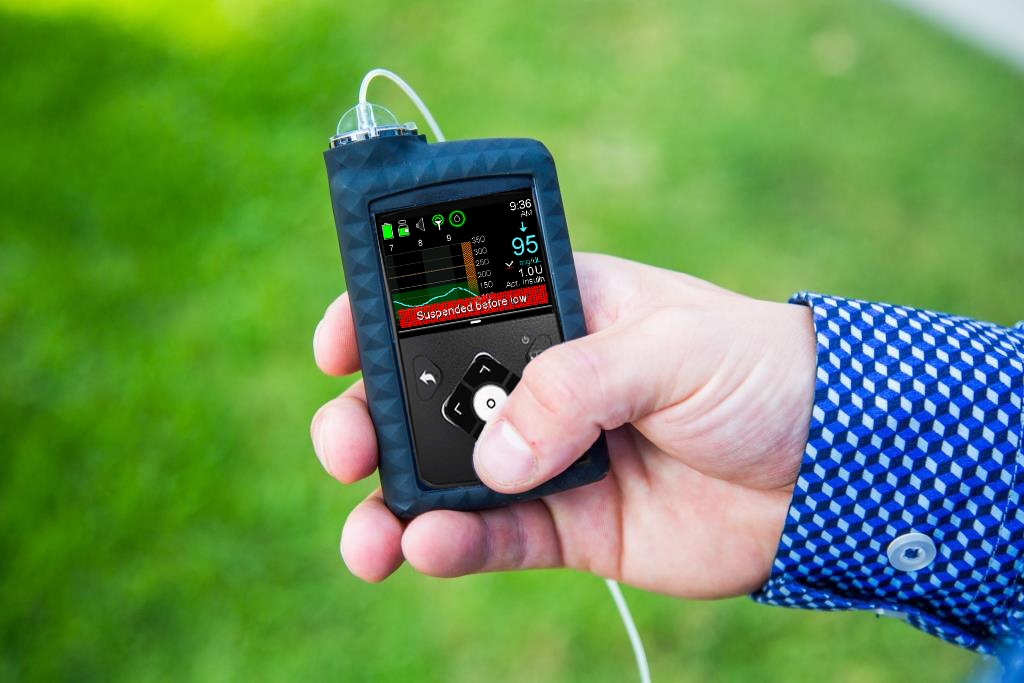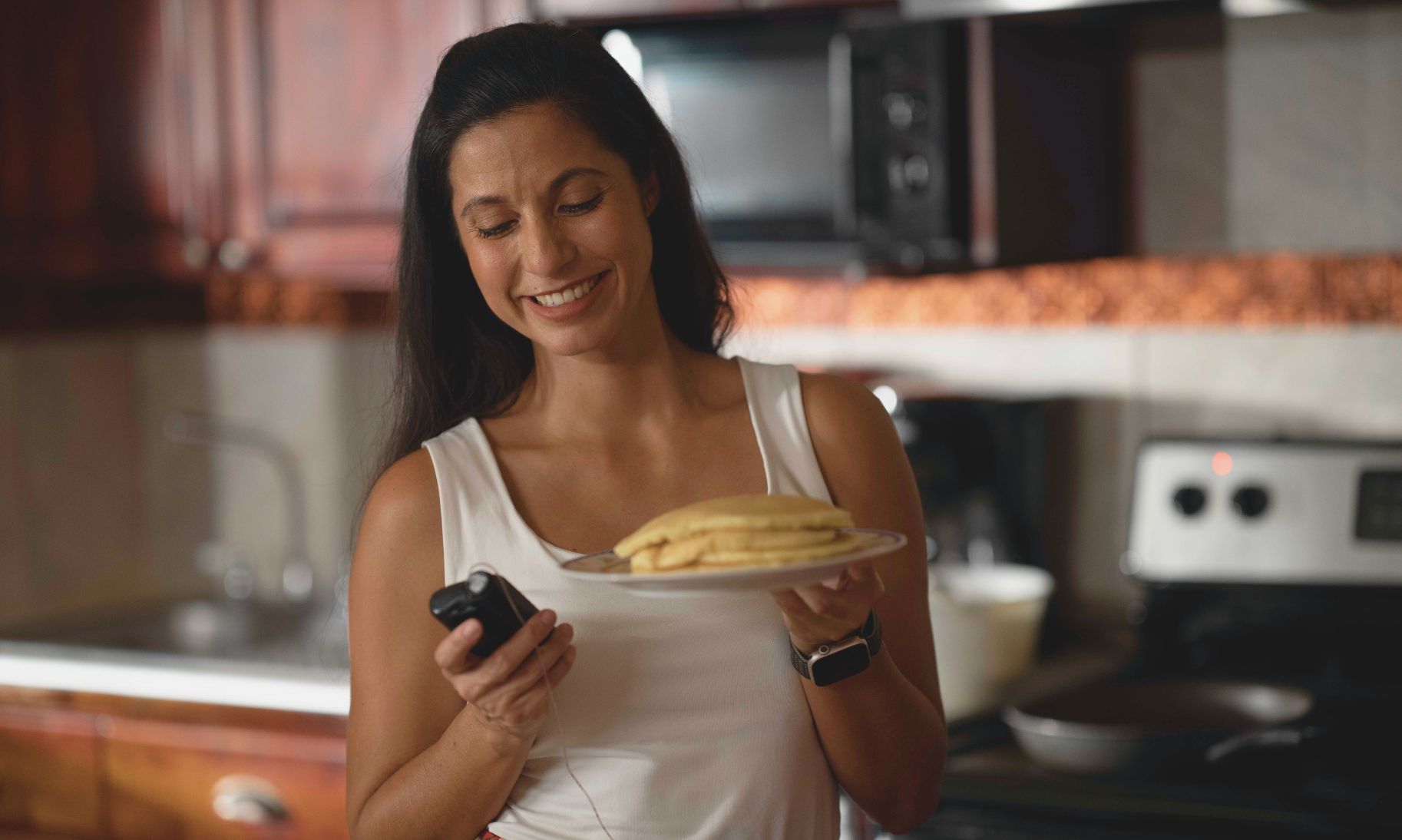How to calibrate your CGM system

When it comes to using continuous glucose monitors (CGM), there are a few pieces of information you learned during training that can impact your experience using the MiniMedTM 530G with EnliteTM. We recently asked some of our customers what CGM concept they needed a refresher course on, and the concept we heard consistently was “Calibrating Sensors.” Here are some of the basics on how your MiniMedTM system uses calibration readings once they are entered into your pump.
All CGM systems today require “calibrations” to ensure glucose sensors perform with the best accuracy, but how they are incorporated into the CGM device and presented to you, the user, may differ between devices. Our MiniMedTM system algorithms have built in processes to help maximize sensor performance and minimize blood glucose (BG) reading errors and the physiological delay from a BG reading to sensor glucose (SG) reading.
In fact, our sensor calibration algorithms include a built-in delay for the moment when a newly calibrated sensor glucose number appears. The algorithm accounts for the natural delay from the time glucose enters blood in a capillary (where the BG is taken, to the time it gets to the interstitial fluid, so the pump screen will not show a newly calibrated sensor reading until about 15 minutes after the BG reading was entered. This method closely reflects your BG level at the time the calibrated sensor reading appears.
The algorithm also uses a multipoint calibration, which means instead of using the last BG reading taken to calibrate the sensor, it uses the last four calibration BG readings, assigning more weight to the most recent calibrations, to calculate the next calibrated sensor reading. The intent of using the last four calibrations is to minimize the possible errors in BG readings from impairing the overall sensor performance. These errors may be caused by testing without washing your hands or delaying the entry of BG values when glucose is rapidly changing.
What does that mean? It means that the next reading displayed after a calibration will often not match the reading entered from the BG meter. For example, you may enter a 115 mg/dL value as your calibration, but the next sensor reading may read 120 mg/dL. However, this doesn’t mean the sensor is inaccurate! All it really means is the accuracy of MiniMedTM systems is dependent upon the accuracy of the calibration BG readings you enter into the pump.
So how can you make sure you get the best accuracy from my sensor when calibrating?
Here are a few tips to use when calibrating your sensor so you can ensure you get the experience with EnliteTM sensor:
- Don’t use every BG reading as a calibration; simply calibrate 3-4 times a day when stable.
- Enter the new BG reading as a calibration right away; delaying or entering old BG values can have a negative affect because it is quite likely that your blood glucose could have changed in the time between the fingerstick and entering that reading into your pump.
- Do not calibrate when you see two arrows on the screen. This can most likely occur during a bolus, treating highs or lows or directly after or during meals.
- Use the “Cal Reminder” feature in the pump to schedule your calibrations when it’s convenient for you.
It may be helpful to think about calibrations as “check points” that you might come across while driving. The purpose of the check point is to ensure that drivers are in the right condition to continue on the road. If they pass the checkpoint successfully, then they can continue driving. Similarly, the BG meter reading “checks” that your sensor glucose is on the right track allowing it to continue to provide you with data. If not done correctly, it can affect your sensor’s accuracy and steer you in a different direction.
Visit our website for more information about calibrating your sensor. And remember, if you have any questions don’t hesitate to reach out to our 24-Hour Helpline for further assistance.
Want a crash course on another CGM topic? Let us know in the comments below.



